I want to make a tiny led glow for 10 minutes once charged by induction. I want the entire PCB not greater than 20x20x5mm. Is it possible? I have come up with the following circuit, I don't know if it works are not but my idea is to store energy in capacitor and inductor when the switch is closed and make them discharge through LED when the switch is open. You see, LEDs of electronic devices glow for a while after they are turned off. I have not put accurate values as I don't know what capacity of components are available in the market. I don't want to use a battery as I want a very long lifetime. I am sorry if anyone gets offended for asking this without practicing electronics.

simulate this circuit – Schematic created using CircuitLab
